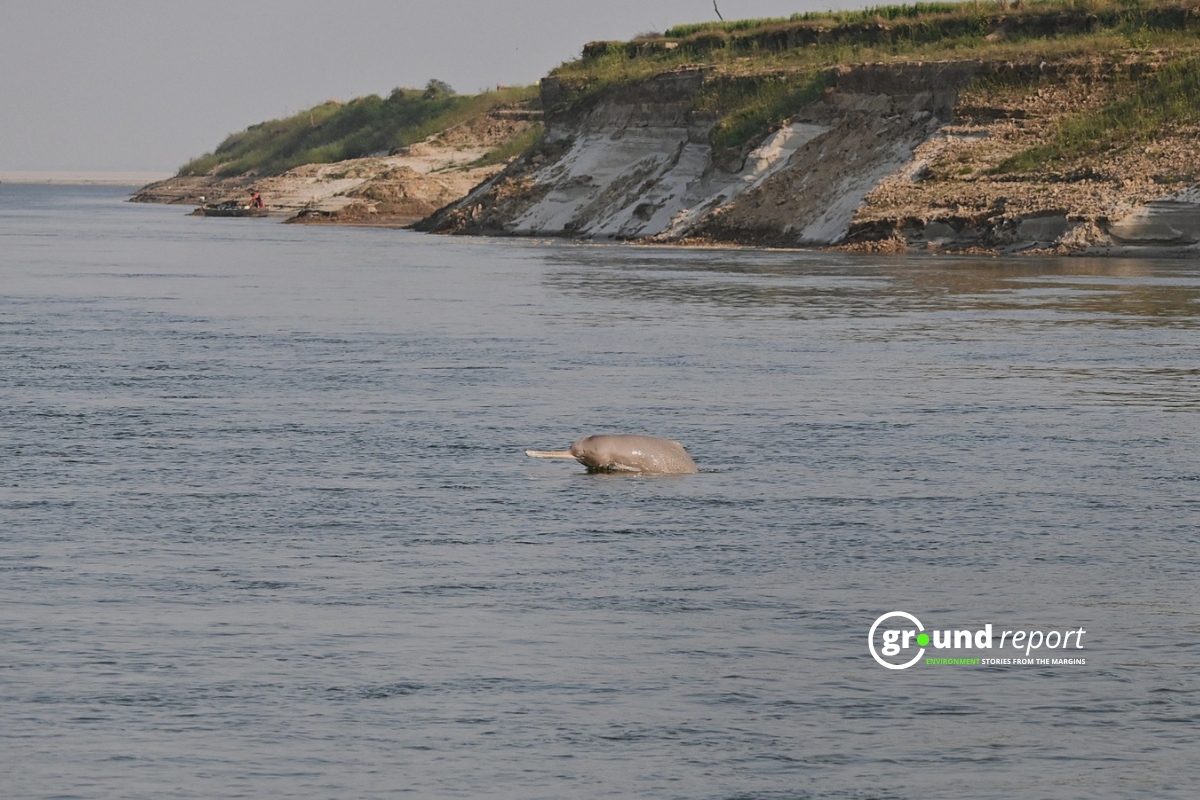The state government of West Bengal has recently added four new biodiversity heritage sites (BHS) to the existing four. Hence, taking the total tally to eight. The announcement was made by the chairman of the West Bengal Biodiversity Board H.S. Debnath during the World Heritage Day celebration organised by the West Bengal Heritage Commission.
What are biodiversity hotspots?
Biodiversity hotspots are geographic areas that are characterized by a high degree of biological diversity and endemism. That is to say, there is an occurrence of species which is unique to this hotspot. These hotspots are typically threatened by human activities such as habitat destruction, climate change, pollution, and overexploitation of resources. That in turn can put the species living in these areas at risk of extinction. Hence, conservation efforts are often focused on protecting these hotspots and the species living within them to preserve the earth’s biodiversity.
Why are biodiversity heritage sites important?
Biodiversity Heritage Sites are areas that have significant biodiversity value and are crucial for conservation efforts. These sites are selected based on their unique natural, ecological, and cultural heritage values. Furthermore, they serve as important habitats for rare and endangered species. The declaration of a site as a biodiversity heritage helps to preserve the site’s natural heritage. At the same, also encourages public awareness and participation in conservation efforts.
The new biodiversity heritage sites
The four new Biodiversity Heritage Sites in West Bengal are Char Balidanga and the state Horticulture Research and Development Station campus in Deypara, Namthing Pokhar in Darjeeling, and the Amkhoi Fossil Park in Birbhum.
Char Balidanga: Char Balidanga comprises two islands on the Hooghly River and has tropical riverine vegetation of tall grasses and swampy flat lands that are periodically inundated with tidal ebbs. The site is the habitat of nearly 100 species of birds. But, many endangered animals listed under the International Union of Conservation of Nature (IUCN) List of Threatened Species.
Namthing Pokhar: Namthing Pokhari is a Himalayan natural wetland covering 11.91 acres in the Kurseong block. It is the home to the Himalayan salamander and has its own set of traditional beliefs that need to be respected while doing conservation efforts.
Amkhoi Fossil Park: The Amkhoi Fossil Park near Ilambazar in Birbhum district with an area of 10 hectares has unique geological and paleo-botanical features. It is the first wood fossil park in West Bengal.
State Horticulture Research and Development Station: The campus of the state Horticulture Research and Development Station in Deypara panchayat in Krishnagar block has also been listed as a BHS. It is spread over 97.88 acres, and has indigenous germplasm of 50 varieties of mango, seven varieties of guava and several others.
Conclusion
The addition of four new Biodiversity Heritage Sites in West Bengal is a positive step towards conserving the state’s natural heritage. Furthermore, it is essential to understand the significance of biodiversity and the importance of preserving it. The declaration of Biodiversity Heritage Sites encourages public awareness and participation in conservation efforts. Eventually, promoting sustainable development for the benefit of future generations.
Keep Reading
Part 1: Cloudburst in Ganderbal’s Padabal village & unfulfilled promises
India braces for intense 2024 monsoon amid recent deadly weather trends
Support us to keep independent environmental journalism alive in India.
Follow Ground Report on X, Instagram and Facebook for environmental and underreported stories from the margins. Give us feedback on our email id greport2018@gmail.com.
Don’t forget to Subscribe to our weekly newsletter, Join our community on WhatsApp, and Follow our YouTube Channel for video stories.









